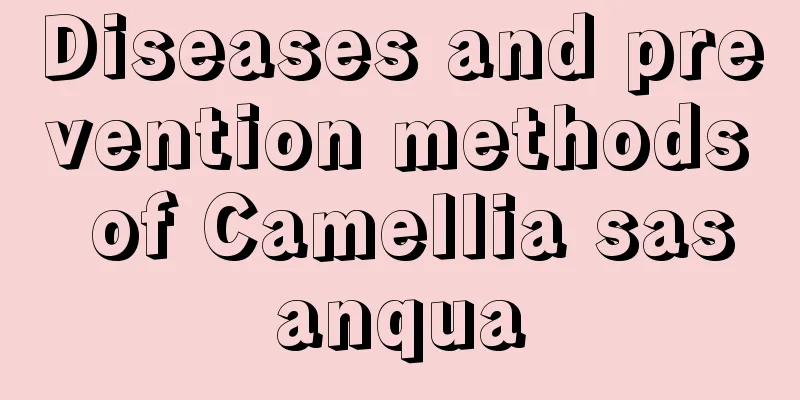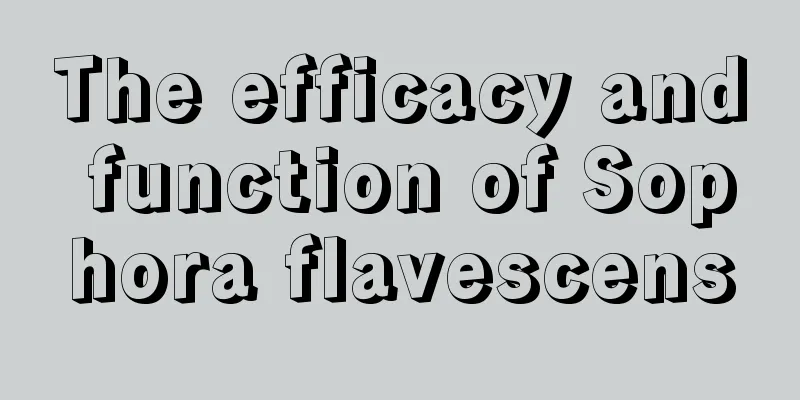Diseases and prevention methods of Camellia sasanqua

Diseases of Camellia sasanqua: AnthracnosesymptomAnthracnose mainly harms the leaves and fruits of Camellia sasanqua. In the early stage of the disease, nearly circular to semicircular or irregular brown spots appear on the leaf edges or leaf tips. The spots gradually turn grayish white, with ring-like wrinkles on the edges, and the boundary between diseased and healthy leaves is obvious. In the later stage, small black spots of irregular shape or arranged in a ring-like pattern appear on the lesions. They are slightly larger and sparse on the front side of the leaves, and dense on the back side of the leaves. These are the conidia disks of the pathogen. The infected fruit develops purple-brown sunken spots. When the humidity is high, the diseased part will overflow with pink mucus, which is a mixture of pathogen conidia and colloid. Prevention and treatment methodsThe potting soil for cultivation should be slightly acidic loess that is fertile and loose, has a good aggregate structure, and good drainage, moisture removal and air permeability. Mature plants should be repotted every two years, and in conjunction with repotting, well-rotted base fertilizer should be applied, with 50% of the potting soil mixed with about 10% of compost or organic fertilizer fermented with enzyme bacteria. Pay attention to light and shade. Camellia sasanqua likes sunlight and needs full-day sunlight in winter, but not direct sunlight in summer and autumn. You can regularly spray 600-800 times dilution of Guoguang Yintai (80% mancozeb wettable powder) and Guoguang Sitalin for disease prevention and nutritional supplementation to improve ornamental value. In the early stage of the disease, spray 500-600 times diluted 25% myclobutanil emulsifiable concentrate or 400-600 times diluted 50% manganese zinc wettable powder. Use 2-3 times in a row, with an interval of 7-10 days. Diseases of Camellia sasanqua: White star diseasesymptomWhite star disease of Camellia sasanqua mainly harms young leaves and buds, especially young leaves, and the disease peaks in June. Initially, small brown spots the size of a needle tip appear, which gradually expand into grayish-white circular spots with a diameter of 1-2 mm, which are concave in the middle and have dark brown to purple-brown raised lines on the edges. When the humidity is high, small black spots appear scattered on the diseased parts, and the number of spots on the diseased leaves can reach dozens to hundreds. Some of them merge into large irregular spots, and the leaves become deformed or curled. Prevention and treatment methodsBenomyl and Mancozeb are protective fungicides suitable for prevention before the disease occurs. It is recommended to use Guoguang Benomyl or 80% Mancozeb 600-800 times diluted spray for prevention and control before the disease occurs. |
<<: Diseases and Pests of Marigold and Their Control
>>: Diseases and control methods of echinacea
Recommend
How to make spider plants colorful in wedding oil painting
Wedding Oil Painting Chlorophytum Conditions Afte...
What vegetables are suitable for growing with urea? What vegetables are suitable for growing with urea?
Urea is an amide nitrogen fertilizer. It must be ...
Cultivation methods and precautions of bamboo begonia
1. Maintenance methods 1. Substrate selection: Ba...
How to grow ivy quickly
1. Soil and repotting If you want the plants to g...
What flowers are suitable for planting on Guangzhou balconies? Flowers suitable for planting on southern balconies
What flowers are suitable for planting on Guangzh...
How to plant and manage wolfberry trees?
Wolfberry tree, as a plant that has both medicina...
How to grow Gloxinia flowers
Gloxinia , with its small plant and bright colors...
The difference between dewweed and dew grass
The main difference The difference in appearance ...
Cultivation methods and precautions of purple echinacea
Growth habit Chrysanthemums generally like light ...
Where do carrots grow? Where do they like to grow?
Where do carrots like to grow? Carrot is a warm-l...
How to fertilize cymbidium
Fertilizer selection The fertilizer applied to la...
Is it true that bougainvillea causes cancer?
1. Non-carcinogenic Not only is Bougainvillea non...
What should I do if the succulent plant Fire Festival grows too tall?
What does the succulent plant Fire Festival look ...
How to grow ice water flowers
1. Soil Ice water flower has no special requireme...
How to eat apricot
Salad of Apricot Leaves Cold-mixed apricot leaves...









